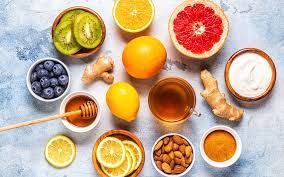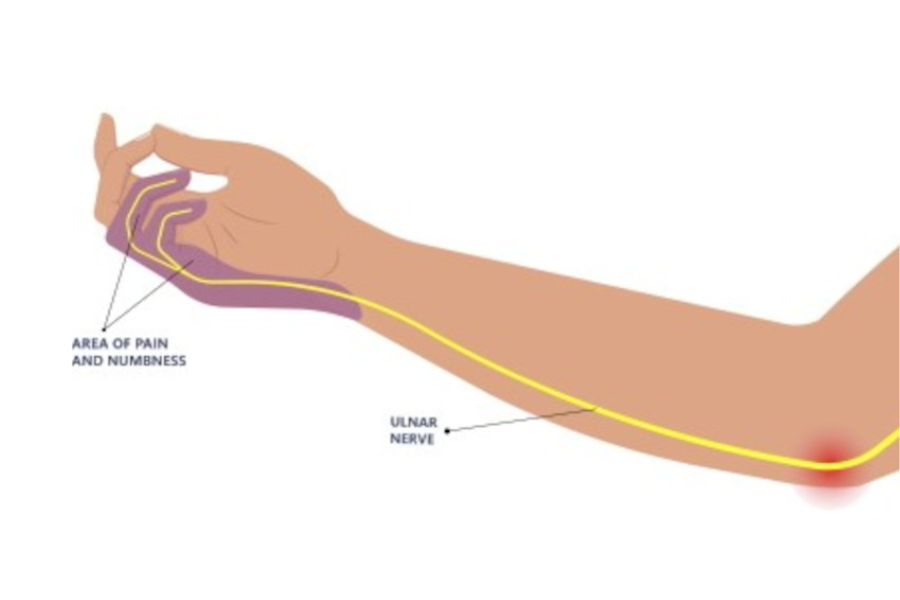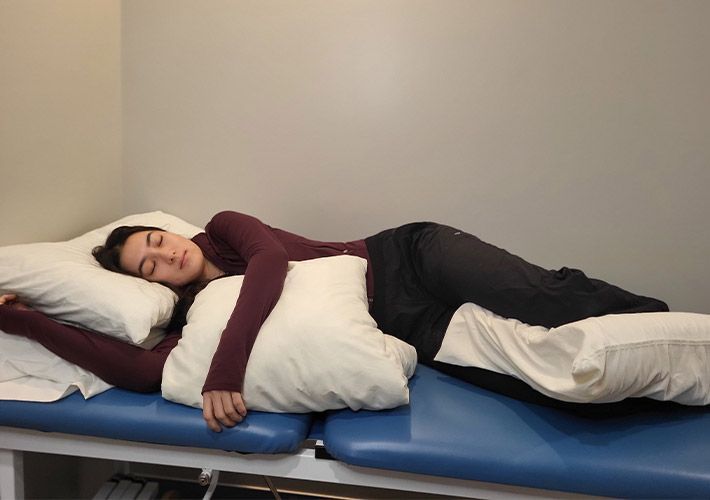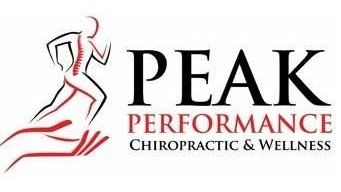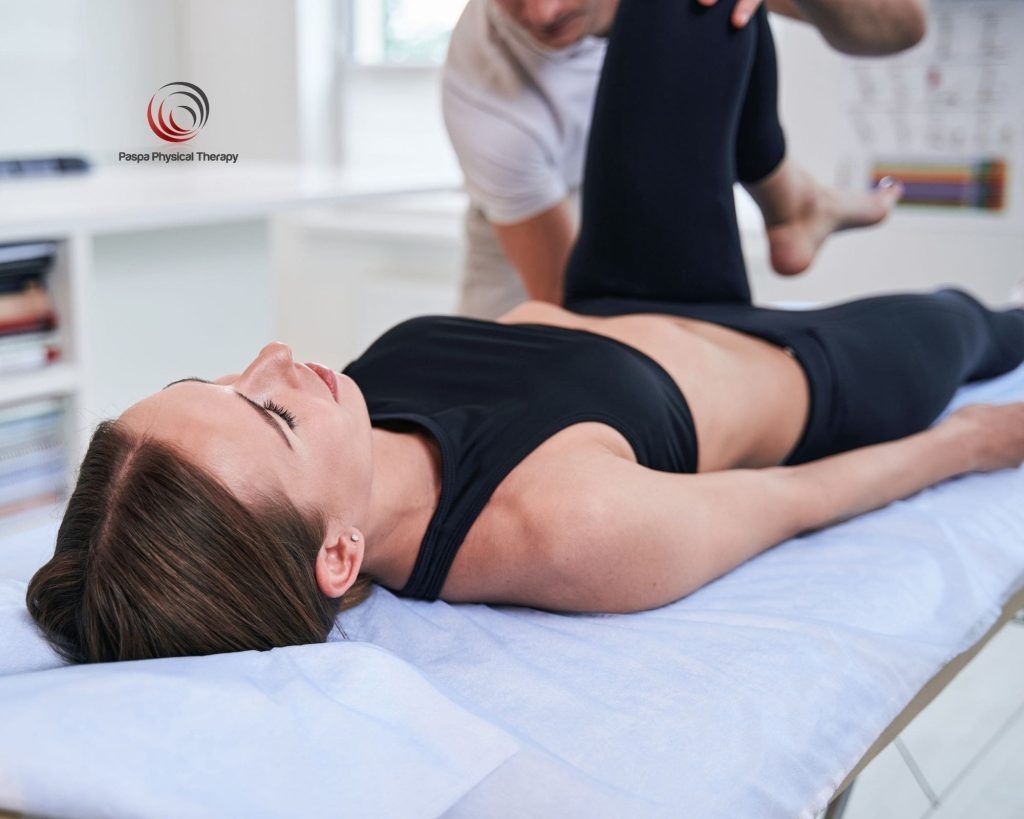Morton’s Neuroma
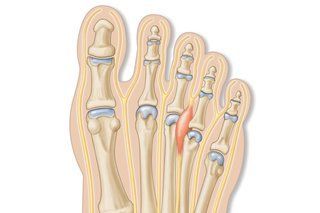
That Annoying Pinch Between Your Toes
Ever feel like you’re walking around with a pebble stuck in your shoe, but when you look, there’s nothing there? If so, you may be dealing with Morton’s neuroma, a nerve condition that’s anything but fun. Let’s dig into what Morton’s neuroma is, why it shows up (hello, tight shoes!), and how you can avoid or treat it. Trust us, your feet will thank you.
So, What Is Morton’s Neuroma?
Morton’s neuroma happens when the tissue around one of the nerves leading to your toes thickens, usually between the third and fourth toes. This thickening can cause sharp, burning pain, numbness, or that dreaded "pebble" sensation. While the condition itself isn’t harmful, it can be pretty uncomfortable. And if you don’t address it early, it can become more painful over time. But fear not, we’re here to help you understand how to keep your feet happy and pain-free.
Causes: Why Do We Get It?
The main culprit behind Morton’s neuroma is pressure on the nerve, often caused by shoes that are too tight (looking at you, fancy back-to-school shoes). High heels, pointy-toed flats, and shoes that don’t give your feet enough room to breathe can all lead to extra pressure and irritation. Other causes can include repetitive stress from activities like running or even standing for long periods.
And if you’re the type who likes to switch from sneakers to dress shoes without much thought, your feet might not be too pleased with the transition. Over time, this extra pressure can lead to inflammation and that dreaded nerve thickening.
Prevention: Give Your Feet Some Room
The best way to prevent Morton’s neuroma is to give your toes plenty of space to wiggle. Consider wearing shoes that have a wide toe box, cushioned soles, and avoid squeezing your feet into tight spots. If you’re a fan of high heels, maybe save them for special occasions (or, at least, don’t wear them for hours on end).
Regular foot stretches can also help. Think about rolling a tennis ball under your foot or using toe separators to stretch out the muscles and ligaments. Strengthening the muscles in your feet and ankles can reduce strain on the nerves, so building foot-friendly habits goes a long way.
Treatment: How Chiropractic and Massage Can Help
If Morton’s neuroma is already giving you grief, don’t worry—there are plenty of ways to treat it. A chiropractor can help realign your foot and ankle, reducing the pressure on the affected nerve. Chiropractic adjustments work to correct any imbalances in the foot, helping you feel more comfortable when walking or standing.
Massage therapy, on the other hand, can be a lifesaver for reducing tension around the foot and easing inflammation. A licensed massage therapist can target the muscles and tissues around the neuroma, improving circulation and speeding up the healing process. This not only reduces pain but also prevents the condition from coming back.
In more severe cases, treatments like orthotics (custom shoe inserts) or physical therapy may be necessary to help support your foot and relieve pressure. If you think you’re experiencing symptoms of Morton’s neuroma, it’s a good idea to chat with your chiropractor or massage therapist to see what options are best for you.
Your Feet Deserve Love!
Morton’s neuroma can be a pain—literally—but with a few changes in your footwear and some expert care, you can keep your feet happy and healthy. So, go ahead, treat your feet right, and remember: a good pair of shoes is worth every penny!
Bethany Wolcott
D’Youville Chiropractic ‘26



